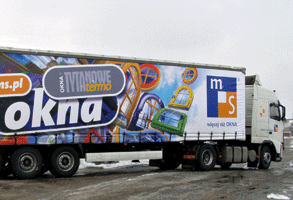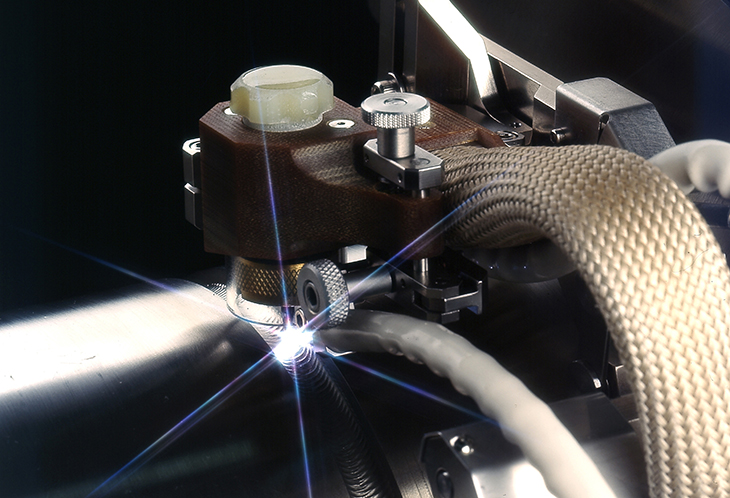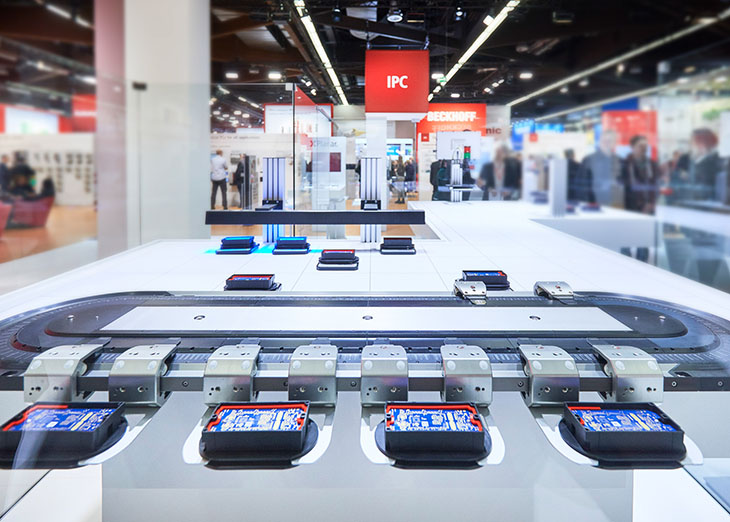Steel is one of the most commonly used materials in commercial construction, primarily due to its strength, durability, recyclability and low cost. Different projects often require various grades of steel, which are made by varying the carbon content or adjusting the type and quantity of alloy components used in the final product.
These are the most widely used types of steel, the projects they’re typically utilized in and the unique advantages they offer to engineers, contractors and architects.
1. Carbon Steel
Carbon steel has a higher percentage of carbon than others. It also contains chemical alloys, like silicon, nickel, manganese, copper and chromium, that change its properties.
These steels can be divided into three broad groups based on carbon content — low-, mid- and high-carbon steel. Mid-carbon steel is also called “mild steel.” Higher carbon content translates to greater hardness and reduced ductility.
Carbon steels lack corrosion resistance. They contain iron, which oxidizes to create rust when exposed to the water and oxygen in the atmosphere. Carbon steels lack alloying materials that prevent or slow oxidation — like the chromium found in stainless steel — meaning they are more susceptible to rusting than many other types. This susceptibility to corrosion means carbon steels require special maintenance practices — like painting — when they will be exposed to the environment.
Most carbon steels are 100% recyclable, which is part of why these alloys are increasingly popular among engineers using sustainable materials. However, the process can be energy-intensive.
One of the most common types of structural steel, A36 steel, is low-carbon. This alloy is highly weldable and formable and is available in various products, including bars, rods, angles, H-beams and I-beams.
A36 steel is used for many steel structures like columns, beams, decking and finish elements in construction. However, its ductility means it’s unsuitable for use in cables, as well as rebar. Instead, engineers typically use higher-carbon steels or other types entirely.
2. High-Strength Low-Alloy Steel
High-strength low-alloy (HSLA) steel, also called microalloyed, contains low amounts of carbon and other alloying elements compared to carbon steel.
These steels offer better mechanical properties or improved corrosion resistance than carbon varieties. They are produced by combining mild steel with alloying elements.
HSLA steels are used in structures that need to handle large amounts of stress and require steel with a good strength-to-weight ratio — like bridges and roller coasters.
3. Quenched-and-Tempered Steels
Quenching and tempering are processes used to harden steel alloy. Heating and cooling it rapidly makes it possible to change the microstructure, increasing its strength and improving ductility.
These types of steel are often used when engineers need resistance against wear, high yield strength or abrasion resistance. Quenched and tempered steels are typically used in the construction of bridges and high-rise buildings, where power and ductility are critical.
Recycled tempered steel is also the most common alloy used in rebar manufacturing.
4. Stainless Steel
Stainless steel is a corrosion-resistant steel alloy with high chromium content. This provides resistance to the elements, as well as additional hardness and toughness.
Most stainless steels also include alloying elements like nickel and molybdenum. The addition of nickel gives stainless steel its unique, shiny appearance.
Stainless steel is often used as structural cladding due to its appearance and oxidation resistance. For the same reasons, it’s a popular material for outdoor structures that will be highly visible — like a vertical mesh for walkway railings at a major museum.
The high strength and ductility of the material mean engineers may also use it in structures like bridges, seawalls, supports and rebar — especially if the steel will face harsh environmental conditions.
5. Cold-Rolled Steel
Cold-rolled steel products are made by taking low-carbon sheets and forming them into a new shape — like an H-beam — at ambient temperatures. Unlike hot-rolled steel, no heat is necessary to shape it into the correct form.
The production of cold-rolled steel typically generates little to no waste, and the end-product is usually 100% recyclable.
The low cost of cold-rolled steel means the material is often used by architects and engineers that want to maximize their return on investment. These steels are a popular structural material in dormitories, assisted living facilities and hotels.
In many cases, cold-rolled steel is used as a direct replacement for wood. Unlike wood, cold-rolled steel does not split, absorb moisture or warp. The material is also resistant to fire and won’t be vulnerable to termites — though, like most types of steel, it can rust.
6. Weathering Steel
Weathering steel is a corrosion-resistant structural alloy that is intended to rust when exposed to the environment. Unlike stainless or similar corrosion-resistant alloys, the chemical composition of weathering steel does not resist rust formation.
Instead, weathering steel only rusts on its outer surface, creating a protective patina that prevents further corrosion of the interior structure.
In plain carbon steel, the rust that forms is porous and will flake or break off over time, exposing additional material to the elements. This corrosion will eventually lead to severe structural damage.
The rust that forms on weathering steel is more stable and adheres closely, protecting it from the elements after the initial rust layer has formed.
Different Choose the Right Material for Steel Construction
A construction company may use one or more of these types of steel depending on the type of structure being built.
While carbon steel is the most commonly used in structures, other types — like HSLA steel, stainless steel and cold-rolled steel — are becoming increasingly popular. The project itself should determine which material should be used for the best results.

























